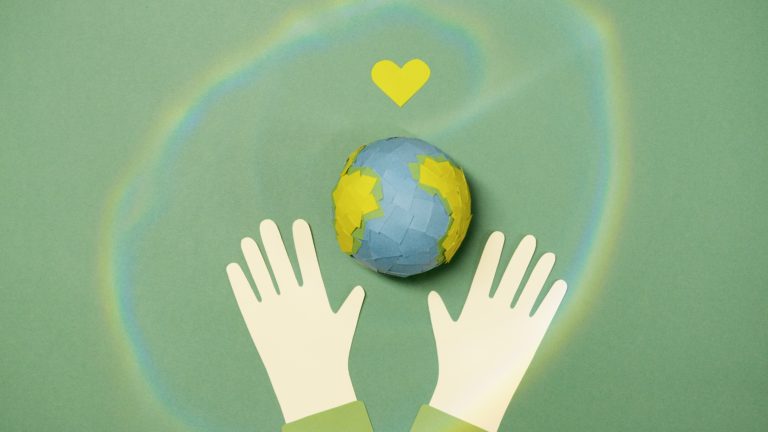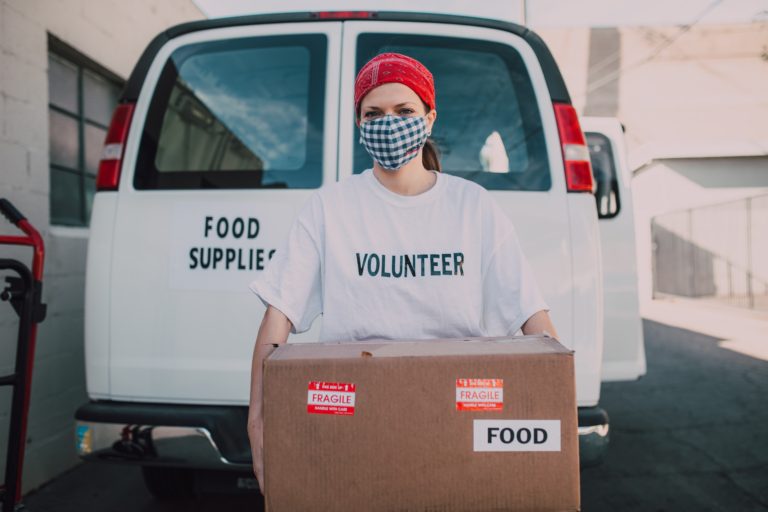
Introduction
Last week I wrote about Certified B Corporations and we got pretty deep. We looked at what that is, how it works, and why it might be important to you. This week we’re doing the same, but with 1% for the Planet.
B Certification is a giant process to understand in it’s own way, and more or less looks at the company behind the product. Unlike B Certification, 1% for the Planet isn’t looking at the product, commenting on its business, or anything in between.
Instead of saying something “directly” about a company, it helps companies meet other organizations.
What is 1% for the Planet?
1% for the Planet (whom I’ll just call “1%” in this post) describes themselves as a connector. They connect businesses to nonprofits, so the businesses can then donate in various ways to the nonprofits.
1% highlights 6 main issue areas where they focus their efforts. Those include, climate, food, land, pollution, water, and wildlife. They also build on these focus areas by listing out what they consider solutions for the problems in those areas.
For example, One focus area is pollution and one of the solutions listed is “Soil quality: Maintaining the quality of soil to sustain plant, animal and human productivity and consumption.”
At first glance, there seem to be a lot of solutions. Something to note though, is some solutions are basically copy and pasted from one focus to the next. For example, the adult education solution is, “Environmental education specifically targeted to an adult audience” and it can be found under each focus area.

What do they actually do?
Businesses pledge to donate the equivalent of 1% of their gross sales to environmental nonprofits. 1% helps companies build relationships with those environmental nonprofits and then verifies the donations annually from there on out.
They basically act as a facilitator.
What do you mean, “equivalent of 1%?”
1% says that the 1% donation could be a mix of monetary, in-kind and approved promotional support. So here’s what each of those are:
Monetary is the most obvious, being a financial donation of X amount.
According to Candid., in-kind donations are basically anything other than money. They could include physical objects like food, office supplies, or even furniture. It could also be the giving of a service like website design, tax service, or something else.
Approved promotional support, as I understand it, means a business can simply advertise that they joined 1% and/or who they’ve partnered with (the nonprofit) and those ad costs would count toward their 1% donations.
Their website puts it this way, “business members can count paid advertising expenses toward their 1% commitment. To qualify as approved promotional support, the ad must communicate the business member’s 1% for the Planet membership. In addition, approvable ads may also communicate about the member’s partnership(s) through 1% for the Planet.”

How does a nonprofit become “approved?”
The CEO Kate Williams provided these details in an interview with Charity Charge. Williams says that a nonprofit first has to be referred by someone or some organization within the 1% network.
There are at least 2 tiers of approval. The first is initial determination with the IRS and “sound financials.”
The second tier is a little less clear but seems to be a more confirmed status, determined by interviews, questionnaires, and a deeper look into the work of the nonprofit.
How do regular companies join?
In the same interview, Williams basically says they never say never to anyone. They do however reserve the right to say no if a brand or company would be particularly harmful to the 1% for the Planet brand image.
Why should I care?
This is a voluntary program, meaning companies that sport the 1% branding completely volunteered to participate and fork over the equivalent of 1% of their gross sales.
To date, 1% for the Planet has helped raise $280 million for their nonprofit partners. That’s no small matter, and by switching out your brands where possible you can help increase that.

My Hangups
There are just a couple things about 1% that make me a little wary. Overall, I’m a fan of the brand and the concept but just hear me out.
First, I wish some of the criteria for how they approve nonprofits and hold companies accountable to their 1% donations was more available, especially after dealing with the rugged numbers and questions B Lab applies to it’s corporations. The numbers may be out there but they aren’t nearly as easily available as I’d like.
Second, the idea of providing goods and services rather than explicit financial donations makes me wonder if companies can exploit that.
For example, let’s say I give you feedback on your website and I would normally charge a client $1,000 but it only cost me $200 to actually provide. Does 1% for the Planet count $1,000 toward my 1% gross sales equivalent or $200? I’m not quite sure.
The two ($1,000 vs. $200) are definitely different, and I can see why companies would prefer to give in-kind donations if it ultimately means forking over less cash.
The closest I got to an answer is the requirement that of the 1% donation, 50% has to be monetary and the other 50% can be a mix.
But because I couldn’t find a clear answer, I’m just not sure how well it sits with me.
Conclusion
After writing the post on Certified B Corporations last week, this was such a nice shift in density. It seems that 1% for the Planet is really willing to work with just about anyone and I think that’s awesome.
Even if a company might be damaging to the 1% brand, CEO Williams’ answer about being excited to engage and start conversation was an interesting perspective to consider.
Overall, I think what they’re doing is excellent and a step in the right direction. I am still going to look for 1% branding on product packaging and websites when I shop.
In my own experience, the brands that I purchase from and participate in 1% for the planet are already stellar in environmental causes.
If you can find products with the 1% branding on it, I’d recommend doing that. Especially when you’re looking for alternatives. Maybe you’re thinking about switching up shampoos, look for a company that contributes to 1%.
But more importantly, I think we should all be extra aware that the most sustainable choice is to not buy things we don’t need. Don’t let 1% branding cause such a feel-good feeling that you purchase items you wouldn’t have otherwise.
I’m speaking to myself here too. Buying a product with 1% branding when I don’t need it is worse than just not buying the product at all. Even better would be to just donate some money and not buy anything. But that’s a different post altogether.
Thanks for joining me today! If you liked this content and want to see more, please subscribe to my newsletter. You can do that here!
In case you didn’t catch my post about Certified B Corporations and what a B Certified company is, you can check it out here.
Sustainably is supported by readers like you. When you buy through links on this site, we may earn an affiliate commission at no additional cost to you. You can read more about affiliate links on our “Affiliate Marketing…” page.